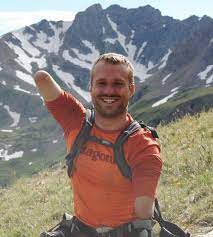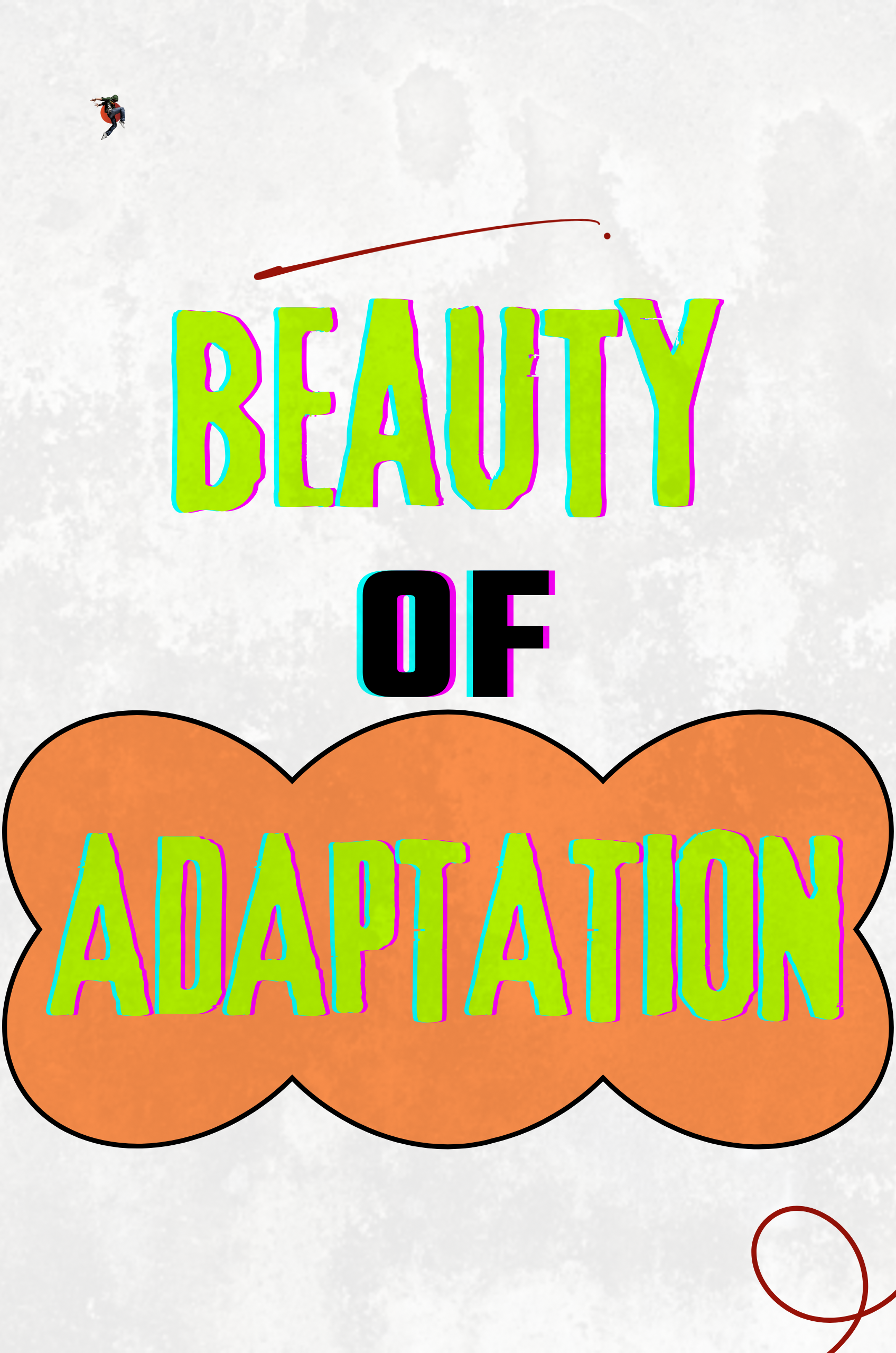People with disabilities encounter different forms of exclusion and are affected by them to varying degrees, depending on factors such as the type of disability they have, where they live and the culture or class to which they belong. In a world designed for able-bodied individuals, with few accommodations made for those with different needs, learning to improvise and get creative becomes essential for those living with disabilities.
It is often said that when you change, the world changes. Underestimation of the abilities of people with disabilities is a major obstacle to their inclusion. It exists not only in society at large but also in the minds of professionals, politicians and other decision-makers. It can also occur in families, among peers and in individuals with a disability, especially in the absence of evidence that they are valued and supported in their development. Negative or ill-informed attitudes, from which stem such deprivations as the lack of reasonable accommodation for children with disabilities, remain among the greatest obstacles to achieving equality of opportunity
Bringing disability into social discourse can help service providers, and demonstrate to society at large that disability is ‘part of the human condition’. The importance of involving children with disabilities cannot be overstated. Prejudice can be effectively reduced through interaction, and activities that bring together children with and without disabilities have been shown to foster more positive attitudes. Social integration benefits everyone. It follows that if societies seek to reduce inequalities, they should start with children who are best fitted to build an inclusive society for the next generation. Children who have experienced inclusive education, for example, can be society’s best teachers.
Participation in social activities helps to promote a positive view of disability. Sport, in particular, has helped overcome many societal prejudices. Physical activity can be a powerful means of promoting respect; it is inspirational to see a child surmount the physical and psychological barriers to participation, including lack of encouragement and support or limited adaptive equipment. In one study, physically active children with disabilities were rated as more competent than their non-disabled counterparts. However, care must be taken not to create an artificial atmosphere in which children with disabilities who demonstrate physical heroism are deemed worthy and those who do not are made to feel inferior.
A person’s creativity is a vital part of what makes that person unique. Creativity helps children solve problems and overcome challenges. It fosters resolve, inquiry, new perspectives, independence, and creativity.

“Karin Hitsselberger once said “Disability breeds creativity because every day I have to find a way in doing things than in the ‘normal way’.”

“Laken Brooks, who is hearing impaired and chronically ill, has gotten creative by using transcription apps meant for things such as Zoom calls as a subtle way to follow a conversation.”

“Baxter Humbly known as ‘The One Armed Bandit’ due to his missing right hand which was amputated at birth. He is widely known as one of the best kick boxers and he is also a stuntman and has been in blockbuster movies like ‘Spiderman 3’. He started learning how to box at the age of four while he started learning Tae Kwan Do at age seventeen.”

“Chelsea McClammer was not born with a disability. Instead she had to adjust to it at the age of six, when she was involved in a car accident that left her paralyzed from the waist down. Chelsea, instead of giving up threw herself into sports which started paying off back in 2008, when she was named youngest member of the US Paralympics team.”

“Kyle Maynard, a congenital amputee was born without arms and legs. He is the first person living with disability to climb Mt. Kilimanjaro without the aid of prosthetics. In 2005 Maynard wrote the New York Times bestselling autobiography, ‘No Excuses: The True Story of a Congenital Amputee Who Became a Champion in Wrestling and in Life’.”

